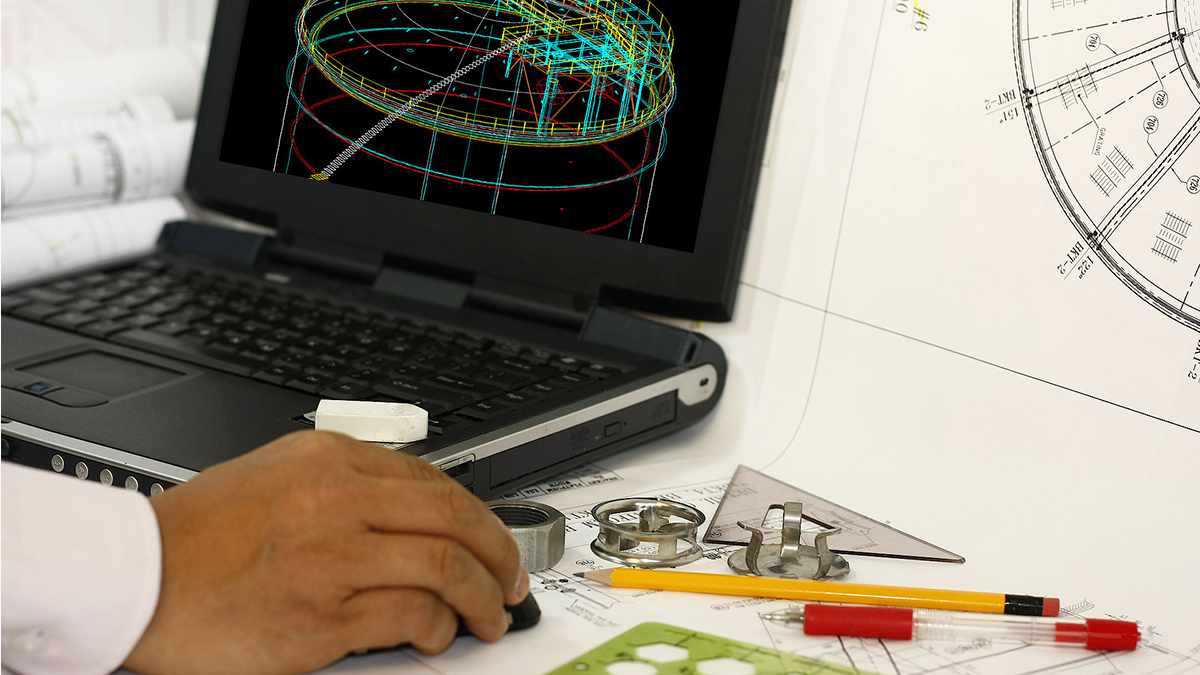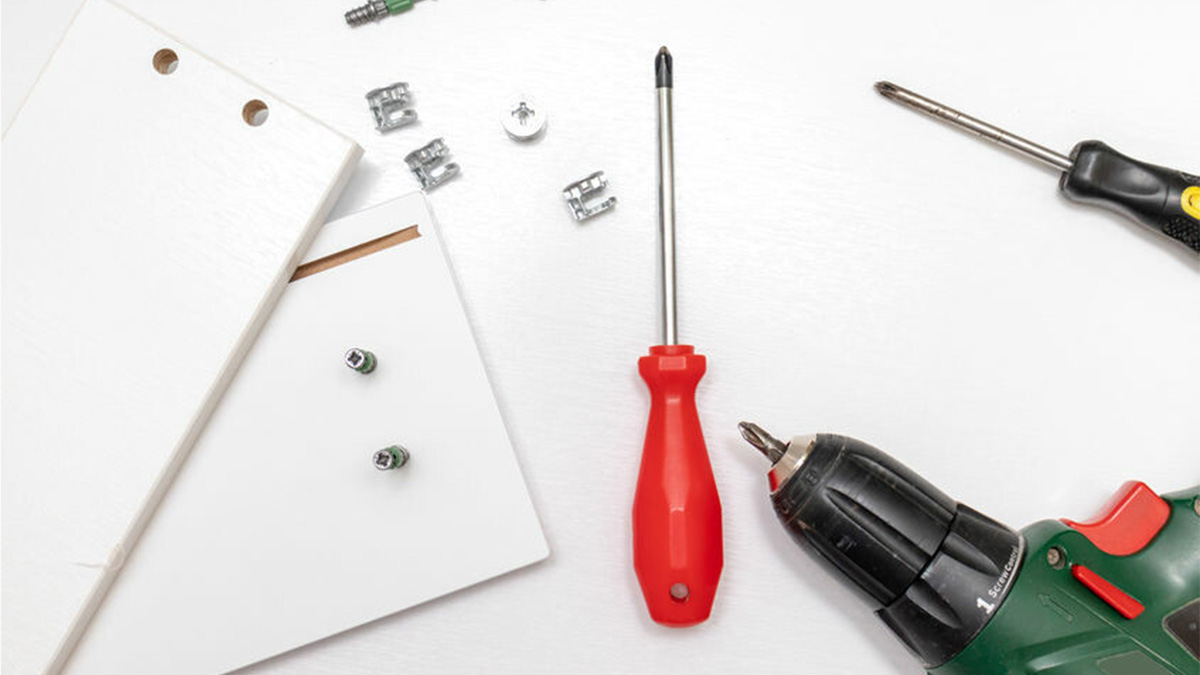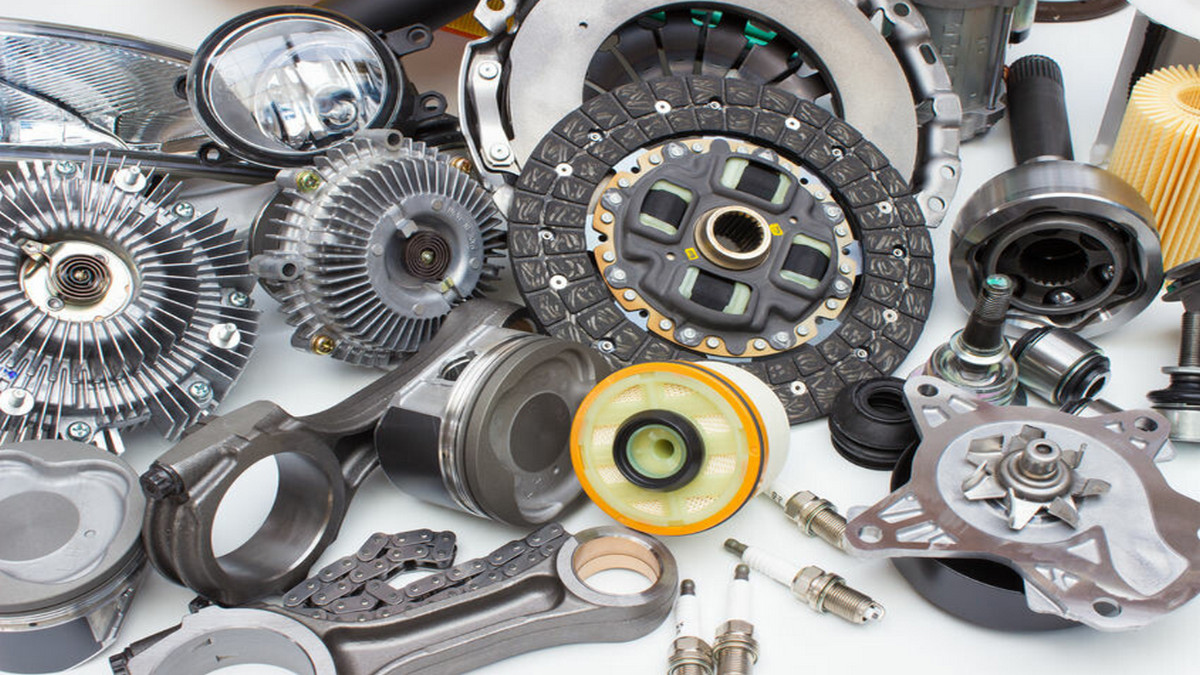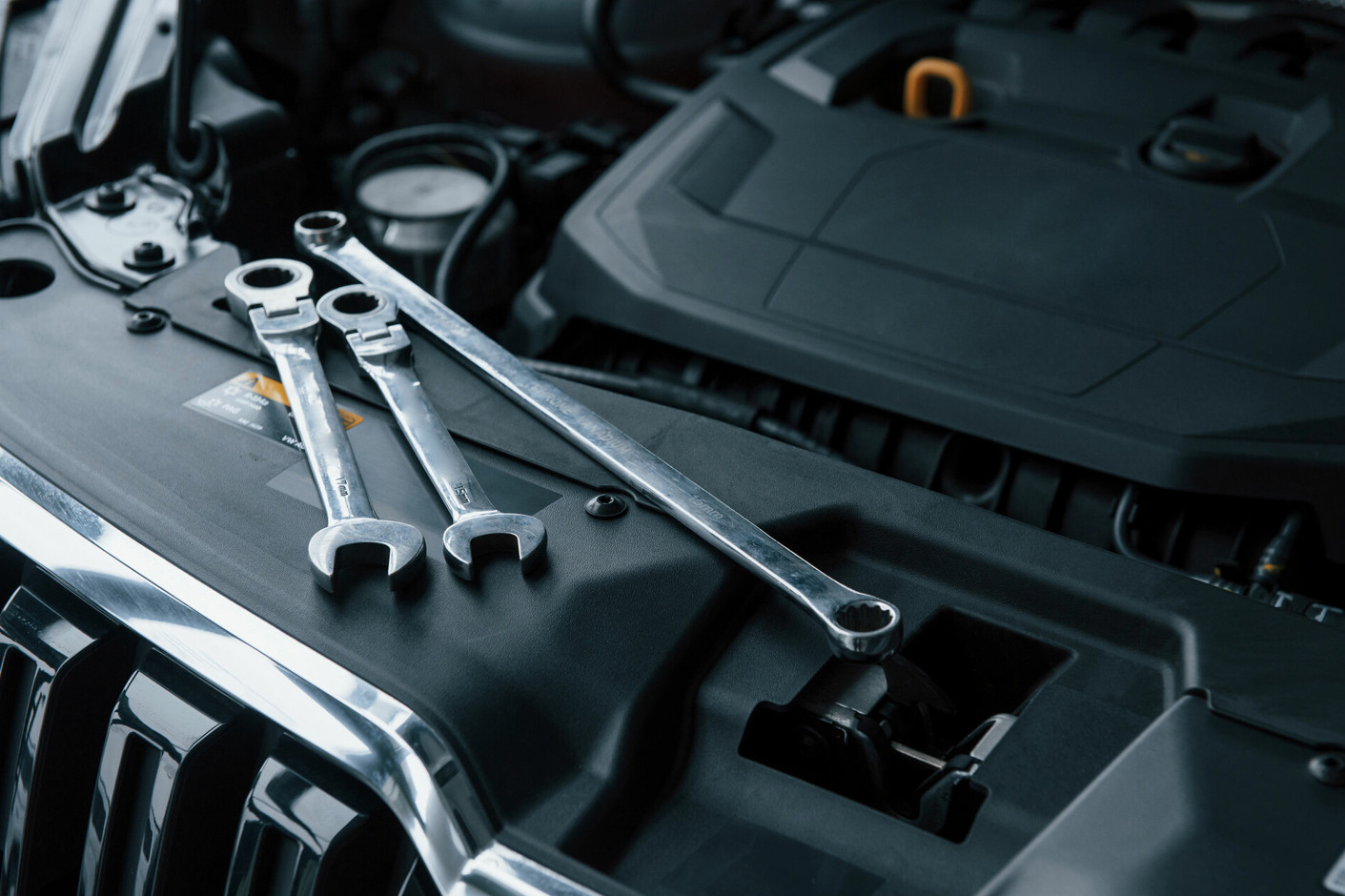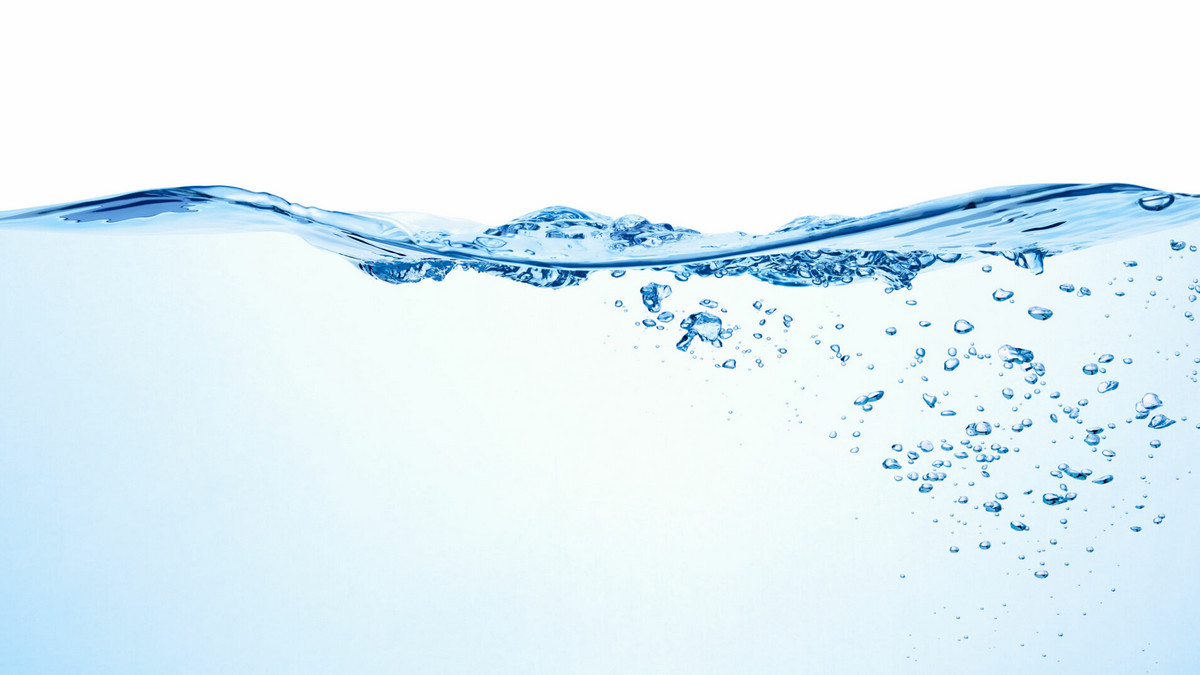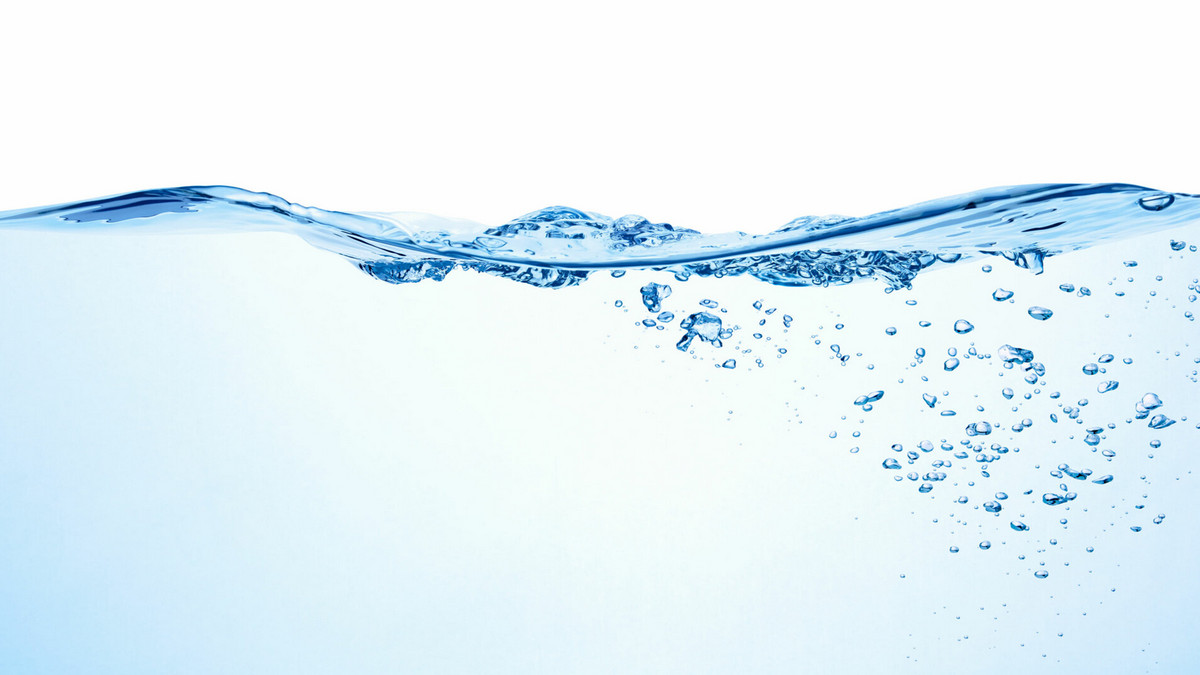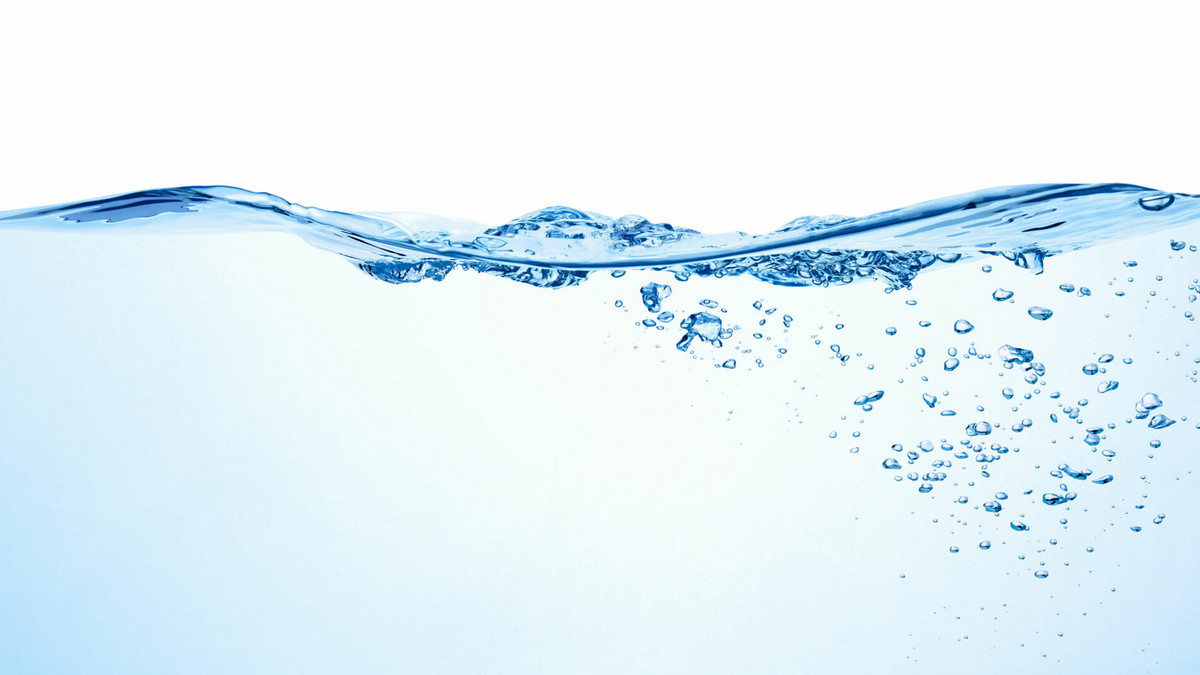A mechanism design requires consideration of materials, specifications, precision, manufacturing processes, functions, etc., and must be cost-effective to create a good mechanism design.
What is a mechanism?
Combine the parts in a specific joint and way, so that the movement of one or several parts, according to the restriction formed by this combination, forces the other parts to produce a certain relative movement.
What is a machine?
It is the mechanism plus the power source and control system.
What is mechanism design?
Mechanism design includes statics, dynamics, mechanism, and maneuverability, while more in-depth mechanism design also includes material mechanics, mechanical materials, graphics, etc.
The so-called institutional design in the industry generally refers to all mechanical-related designs, confirming that the product's process from design, research, and development to production is stable, efficient, and can be manufactured.
A "mechanism" is a mechanical device whose purpose is to produce the required relative motion. Since most machines have relative movements, such as fixtures and machine tools as large as machine tools, the scope of application of the mechanism covers a wide range. In most machine design procedures, mechanism design is the first step. The purpose is to determine the appropriate type and size of the machine to meet the required movement. Once the mechanical design is completed, the machine dynamic analysis can be performed to determine the input force and the joint force, and then analyze the stress strain of the mechanical element. When developing precision mechanical design, more attention should be paid to the evaluation of mechanism design.
In traditional mechanical design, most of the emphasis is on mechanical component design, and the content focuses on the selection of standard components, component stress analysis, fatigue, and damage analysis, etc. Less attention is paid to the motion design of the mechanism in the mechanical design, and the reason is that the mechanism design involves the innovative design, and its purpose is to produce a set of new types or new size specifications to meet the required relative motion and restrictions.
What are the matters needing attention in mechanical design?
-
Selection of various transmission mechanisms (cost)
When new customer needs are received, new products, new styles, and new size specifications need to be designed, and many transmission mechanisms need to be evaluated to achieve various functions to achieve the production actions specified by customers.
To achieve an action, it can be achieved by different methods, such as simple linear motion, which can use screw drive, belt drive, gear rack drive, and other methods, but each transmission method is not always the best. There are pros and cons associated with restrictions. Therefore, to meet the different accuracy requirements, the most reasonable plan should be designed, and then following the technology and accuracy requirements, the cost budget needs to be considered. Different technologies have different design requirements, and the corresponding production is also different. When considering technical solutions, we also need to consider cost-effectiveness and take a relatively appropriate balance in the middle.
-
Design of parts in the mechanism
- Part design is more important than the following points: the material of the part, the tolerance required for the part matching, the force of the part, the fixing method of the part, the interchangeability of the part, the ease of disassembly and assembly of the part, and the positioning of the part.
- Tolerance matching: No matter how precise the processing equipment is, the parts processed by the equipment will inevitably have dimensional errors, but through the design of the mechanism and continuous improvement, the operation of the machine can meet the acceptable tolerance interval.
- The force of the parts: According to the load that the parts bear when working, it is necessary to select the appropriate material, the appropriate strength, and plan the appropriate part design.
- Interchangeability: If every non-standard machine is used well, after continuous optimization, it will gradually be made into a standard machine or a standard machine in the enterprise. The parts in the work may fail, and the parts or the mechanism is made as universal as possible. Because of the interchangeability, there are various standard bearings, standard screws, circlips, and other convenient parts that are easy to use. The parts are designed to be standardized. First, it is convenient to replace when it fails. Conducive to reducing processing costs.
- Convenient disassembly and assembly: When designing, the designer should consider the installation situation, and make it as convenient as possible. A reasonable design can achieve the effect of convenient installation, convenient disassembly, and accuracy.


